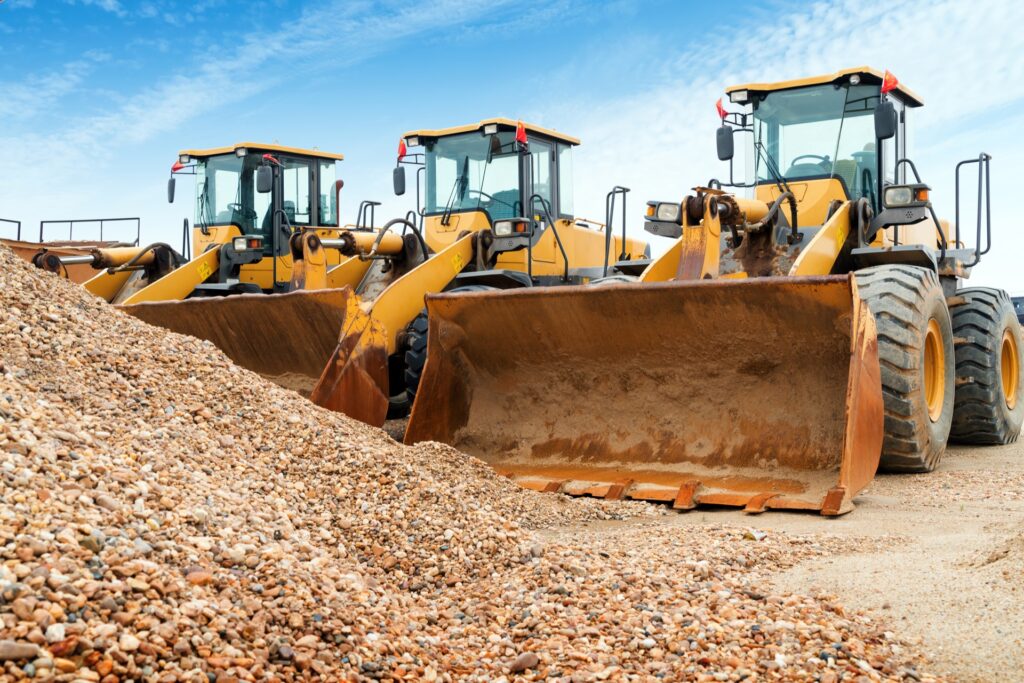All businesses have plenty of moving parts, but after time those parts can get worn out or need to be replaced—especially your equipment. For example, when businesses are acquired, oftentimes research is done into the business acquisition funding side of things to see if there are opportunities to upgrade equipment and tools to improve efficiency and productivity.
In general, it’s beneficial to upgrade your equipment regularly to ensure your business stays efficient and safe—particularly when it comes to trades work.
Below, we recommend several tips to follow to ensure your upgrading process goes smoothly.
1. Evaluate Your Objectives
Just because you want to upgrade your current gear doesn’t mean you should go on an immediate shopping spree for new equipment. In fact, quite the opposite is true. One of the first things you should do is answer the following questions for yourself:
- What could new equipment do that current equipment you have can’t? How would that new equipment improve your business operations?
- What are some ways you could improve productivity/efficiency through new equipment?
- How will these new pieces of equipment or tools help you stay ahead of your competitors?
- Are there components you can upgrade of current equipment instead of buying all new gear?
Once you answer those questions you can start evaluating the pieces of equipment or tools that you’re interested in and will actually get value out of.
2. Get an External Perspective
Once you’ve decided on the parts or pieces you want to upgrade, it’s helpful to get an external perspective from a consultant or from connections you trust to help you evaluate whether or not those pieces actually helped improve business, productivity, or efficiency.
Additionally, this is also a great time to do a cost-benefit analysis to see whether or not it makes fiscal sense to purchase these upgrades currently. It may be more beneficial to wait until a specific season, low busyness period, or large sale.

3. Do Your Research
Through the internet, you have the ability to find countless options for ways to shop around—and you should. Just because one seller is the “go-to” place for one item, doesn’t mean they offer the best price or best quality of that product.
Checking out trade-shows and online reviews to see if your expectations meet with reality. If not, you may have to reconsider your purchases.
4. Decide Whether You Want to Buy or Lease Equipment
Speaking of purchases, buying outright isn’t your only option. Heavy machinery and equipment can often be leased instead—usually at a lower price than buying. Leasing also comes with the benefit that repairs are often bundled in and maintenance so you don’t have to worry about those costs as much (or at all).
However, if you know a piece of equipment will be used regularly and worth hanging onto for many years, it’s often a better idea just to buy it.
5. Create a Roadmap for Upgrading in Future
Don’t stop now that you have all your upgrades either purchased or leased—take the time to develop an upgrading roadmap. This can be used to check in on your current equipment at intervals and see whether it’s time to replace, fix, or upgrade them to keep your business productivity flowing smoothly.
Regularly maintaining your equipment can help reduce the number of times you need to upgrade as well.
While upgrading your gear can seem daunting, following our above steps can help you navigate how to do so effectively and efficiently.

